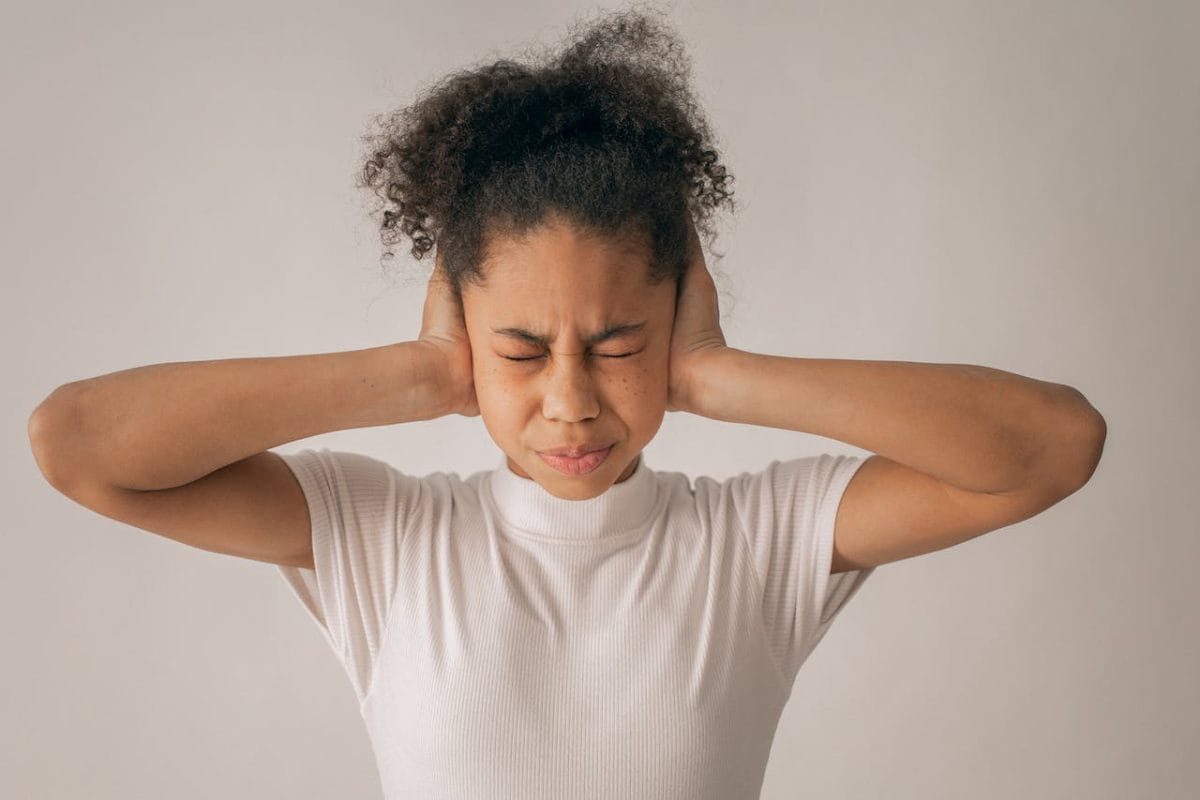Anxiety disorders represent a prevalent and often debilitating set of mental health conditions affecting millions of people worldwide. While anxiety is a normal and healthy emotion, it can become a medical disorder when a person regularly feels disproportionate levels of anxiety. Anxiety disorders affect how a person processes emotions and can also lead to physical symptoms. Mild anxiety might be vague and unsettling, while severe anxiety may seriously affect day-to-day living. This article looks at the different types of anxiety disorders and various treatment options available, such as inpatient mental health treatment.
What are Anxiety Disorders?
Anxiety disorders encompass an array of specific conditions. Each of these disorders has unique features, but they share a common thread: excessive, irrational fear and worry. Here are some types of anxiety disorders:
Generalized Anxiety Disorder (GAD): This disorder is marked by constant, excessive worry about various aspects of life, such as health, work, social interactions, or routine life circumstances. The worry is difficult to control and is typically disproportionate to the actual likelihood or impact of the event.
Panic Disorder: Individuals with panic disorder experience sudden and intense episodes of fear or unease, known as panic attacks. These attacks can include physical symptoms like shortness of breath, dizziness, heart palpitations, and even chest pain. Panic disorder may also involve an ongoing fear of having future panic attacks and avoidance of places or situations where they have occurred in the past.
Social Anxiety Disorder: This involves a significant fear of social or performance situations where embarrassment, rejection, or scrutiny are possible. People with social anxiety often find it hard to bear social situations and make efforts to avoid them.
Specific Phobias: These are intense, irrational fears of specific situations or objects, such as heights, flying, spiders, or needles. The fear goes beyond what’s appropriate and may cause people to avoid ordinary situations.
Is PTSD an Anxiety Disorder?
Although post-traumatic stress disorder (PTSD) was historically classified as an anxiety disorder, it is now categorized as a trauma- and stressor-related disorder. This change reflects an evolving understanding of PTSD. While anxiety and fear-based symptoms are central to PTSD, the disorder also involves additional dimensions beyond anxiety, such as intrusive and recurring traumatic memories, emotional numbing, and hyperarousal.
Treatment Options for Anxiety Disorders
The treatment of anxiety disorders is multifaceted and often involves a blend of psychotherapy, medication, and lifestyle changes. The choice of treatment depends on the type of anxiety disorder and its severity.
Psychotherapy: Cognitive-behavioral therapy (CBT) is an extremely effective form of psychotherapy for anxiety disorders. It teaches patients to identify and actively alter thought patterns and behaviors that lead to challenging feelings. Other forms of psychotherapy, like counseling, group therapy, exposure therapy, and acceptance and commitment therapy (ACT), are also used to treat anxiety disorders.
Medication: Medications, including antidepressants, anti-anxiety drugs, and beta-blockers, are often used in treating anxiety disorders. These medications can help to reduce symptoms, but they are not typically considered a cure. Furthermore, their effectiveness may vary from person to person.
Lifestyle and Stress Management: Certain lifestyle changes can help significantly in managing anxiety. Regular physical activity, a healthy diet, adequate sleep, and cutting down on alcohol, caffeine, and nicotine can help reduce anxiety symptoms. Learning how to avoid triggers and practicing stress management techniques, such as breathing or mindfulness exercises, can also be beneficial in managing anxiety.
Inpatient Treatment for Anxiety Disorders
Inpatient treatment for anxiety disorders offers a comprehensive and intensive approach for individuals who experience severe symptoms or have difficulty managing their anxiety in everyday settings. This form of treatment is particularly beneficial for those who have not responded to outpatient therapies or who require a more structured environment to address their mental health needs.
At the core of inpatient treatment is the provision of a safe and supportive environment, away from the stressors of daily life. This environment allows individuals to focus solely on their recovery without the distractions or triggers that may be present in their usual environment. In these facilities, patients have access to 24-hour care and support from mental health professionals—crucial for those who experience severe anxiety or co-occurring disorders.
Inpatient programs typically offer a blend of therapies tailored to the specific needs of the individual. For instance, CBT helps patients understand the thoughts and feelings that influence behaviors, equipping them with skills to change negative thought patterns. Meanwhile, group therapy provides peer support and opportunities to gain and practice social skills in a safe environment.
Medication management is another critical aspect of inpatient treatment. Psychiatrists or medical doctors oversee the administration of medications, adjusting dosages, and monitoring side effects to ensure the most safe and effective use of medication. In addition, patients learn skills such as stress management, relaxation techniques, and mindfulness to allow themselves to cope with anxiety in healthier ways.
Conclusion
Anxiety disorders are complex and can be deeply challenging for those affected. However, with the appropriate treatment, individuals can manage their symptoms and lead fulfilling lives. Inpatient treatment for anxiety disorders combines medical, psychological, and educational interventions in a supportive environment, offering a pathway for individuals to understand, manage, and overcome their anxiety. This holistic approach is often what makes inpatient treatment a crucial step for those who require a little more assistance to address their anxiety.
